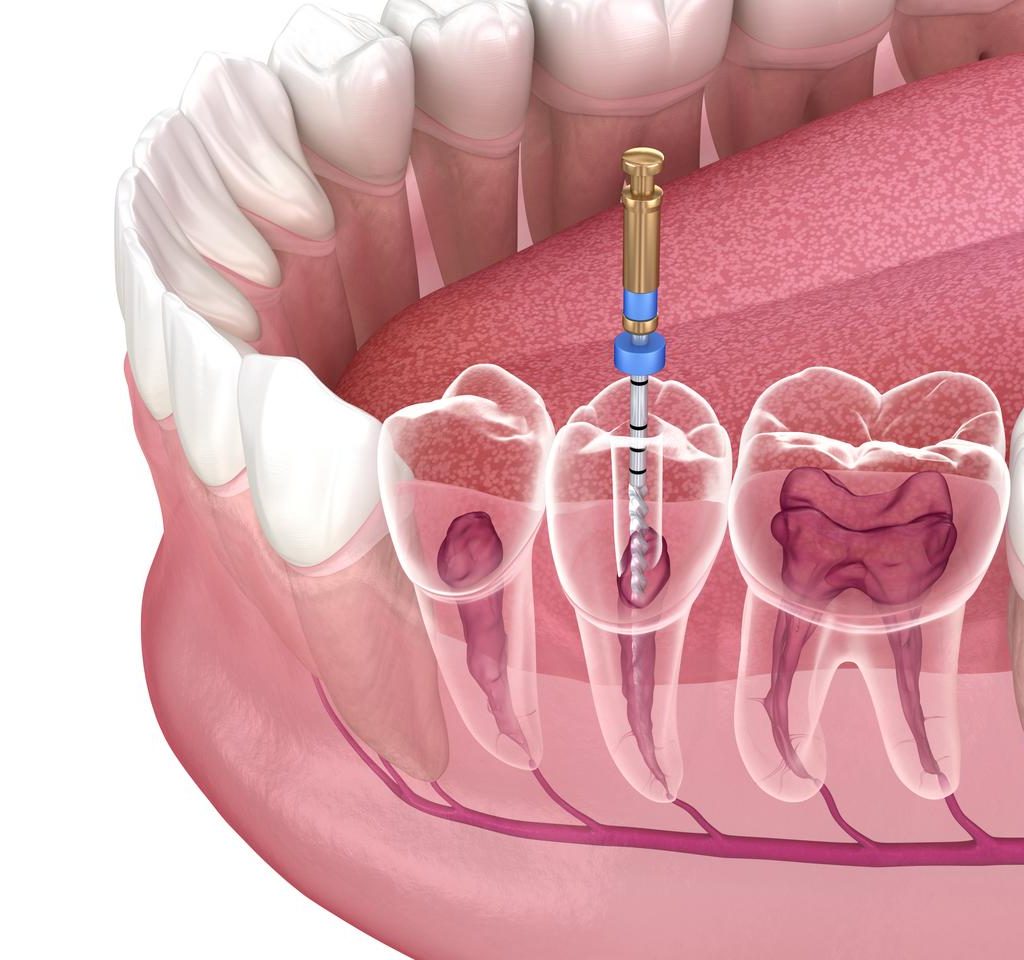Kök Kanal Tedavisi
Why do I need a root canal?
A root canal becomes necessary when the pulp inside a tooth becomes infected or inflamed. This can happen due to deep decay, cracks, trauma, or repeated dental procedures on the same tooth. If left untreated, the infection can lead to severe pain, swelling, and even the formation of an abscess. Root canal treatment is designed to remove the infected or damaged pulp, clean the interior of the tooth, and seal it to prevent further infection.

How is a root canal procedure performed?
A root canal procedure involves several steps. First, the dentist administers local anesthesia to numb the tooth and surrounding area, ensuring the patient’s comfort throughout the treatment. An access opening is made in the crown of the tooth to reach the infected pulp chamber. The infected or inflamed pulp is carefully removed, and the interior of the tooth is cleaned and shaped using specialized instruments. After the cleaning process, the interior of the tooth is disinfected to eliminate any remaining bacteria. The space left by the removed pulp is then sealed with a biocompatible material to prevent future infection. In many cases, a dental crown is placed on the tooth to restore its strength and function.

What happens after a root canal?
After a root canal procedure, it’s common to experience some mild discomfort or sensitivity for a few days. This can usually be managed with over-the-counter pain relievers or prescribed medications as advised by your dentist. It’s important to follow post-operative care instructions, maintain good oral hygiene practices, and avoid chewing on the treated tooth until the permanent restoration (usually a crown) is placed. You may have a follow-up appointment to ensure that the tooth is healing properly. The treated tooth should gradually regain its normal function and sensation over time.
